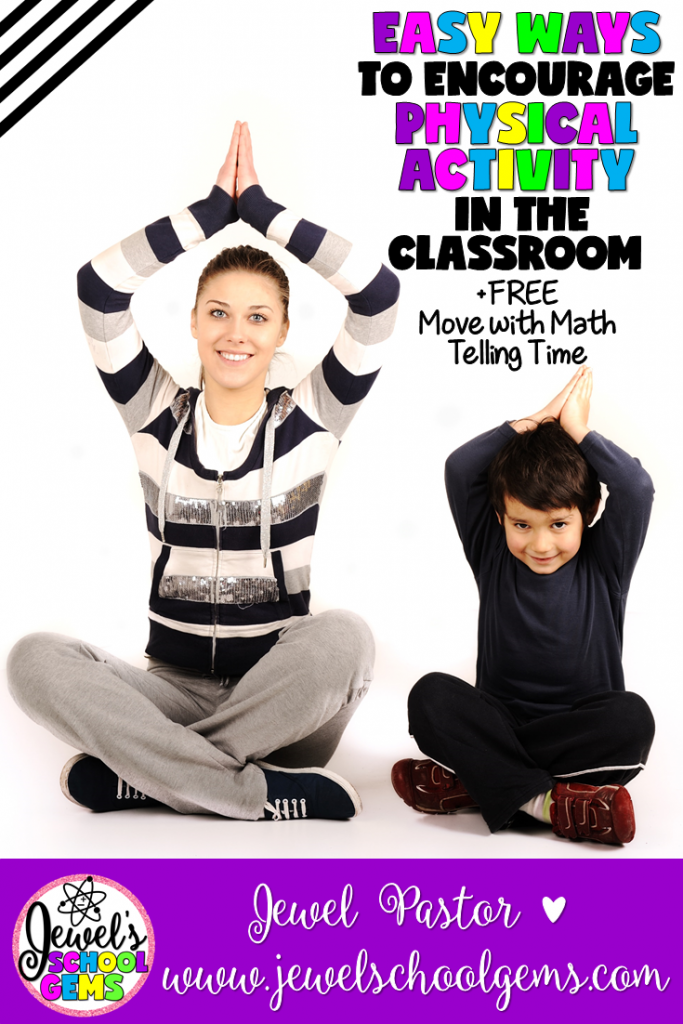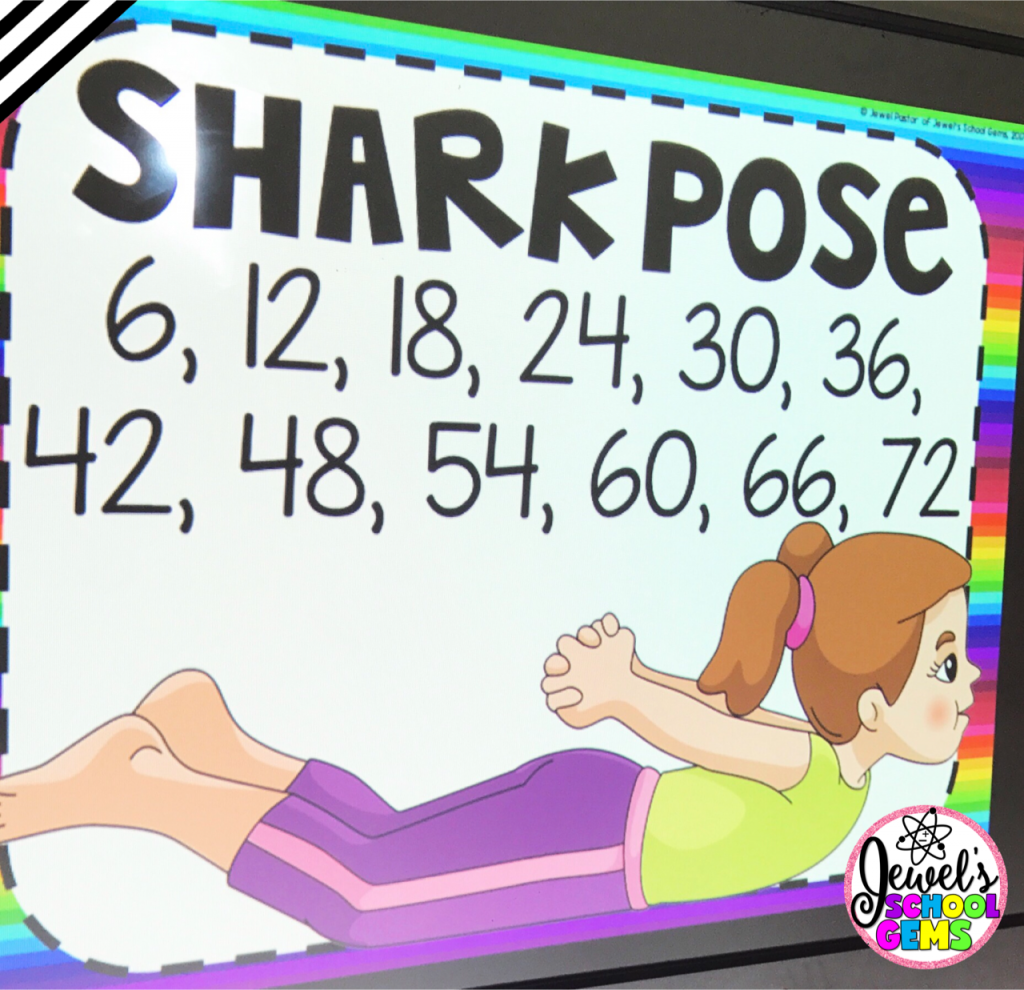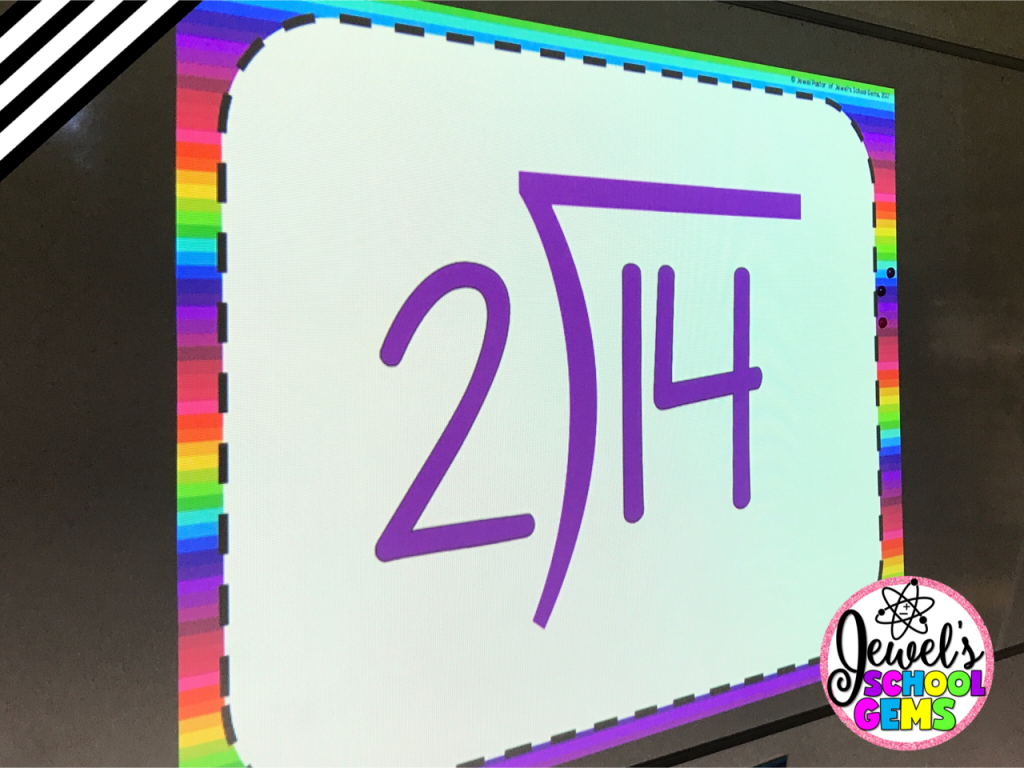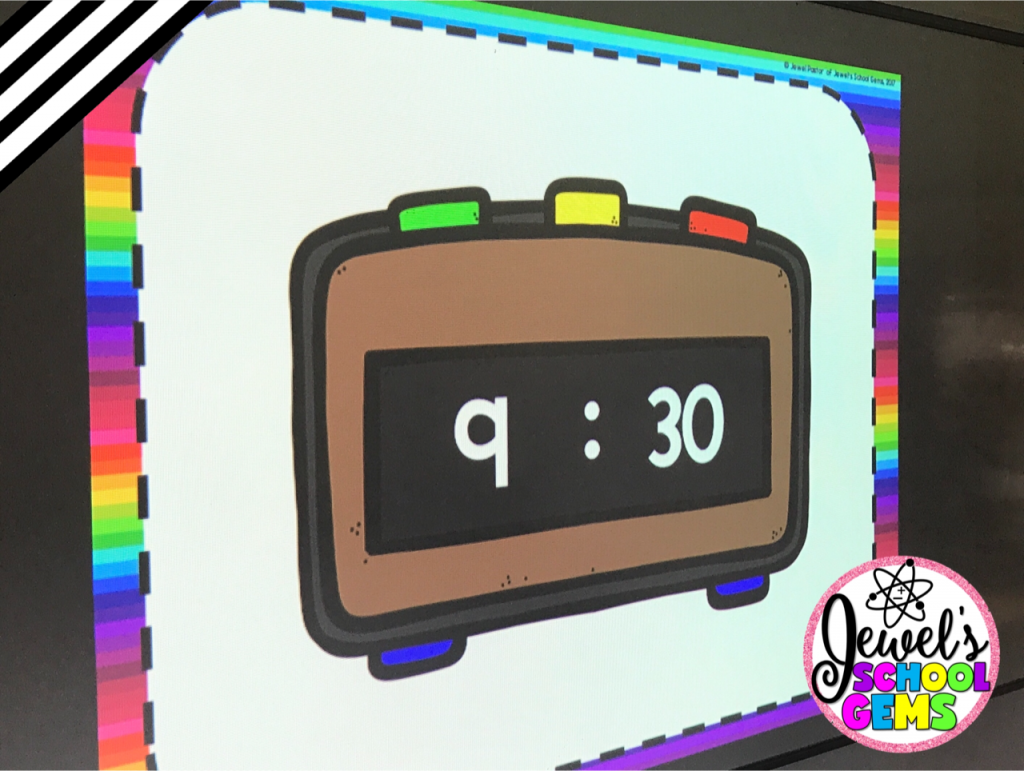
Not long ago, fidget spinners, fidget cubes, bottle spinning, koosh balls, and slime were all familiar tools for children with autism, ADHD, and sensory processing disorders. Recently though, they have taken the neuro-typical world by storm. The debate over their place in the classroom is intense among parents and educators, but whichever side you are on, their popularity is another clear indicator of kids needing more movement.
Why Should You Encourage Physical Activity in the Classroom?
There is something kids know that many adults have forgotten. Teachers know and parents know, but those who do not have daily contact with children have forgotten that young bodies need to move… a lot!
The benefits of physical activity for children (and adults!) are well documented. Moving your body keeps your blood circulating, helps bones stay strong, sets off endorphin to make you happy, increases your ability to concentrate, and so much more!
Childhood obesity, ADHD, and behavior problems are on the rise. Research indicates a connection between these concerns and a lack of physical activity. Yet, in an attempt to raise test scores, the school day is packed with ever more “instructional time”. Recess and Physical Education have even been decreased or eliminated in some states.
What Can We Do?
U.S., U.K., and Australian schools could learn from Finland, where most schools provide 15 minutes of recess for every 45 minutes of instruction.
Our students spend 7 hours a day, 5 days a week in school, and are expected to sit and listen for long periods, then leave with a backpack full of homework. Teachers are limited by mandatory minutes in subject areas, pacing charts, and other schoolwide and grade level requirements.
We can advocate for large scale change, but in the meantime what can we do? We can make small changes that will add up to big differences. We can make our lessons more physically interactive and we can use naturally occurring transitions as brain or movement breaks.
This year, I have a particularly energetic class, so I decided to search for new ways to incorporate movement into our day. For the most part, they needed to be short in duration and easy to set up and implement. It took a bit of trial and error, but I found quite a few that met my criteria while still providing much-needed movement breaks.
3-10 Minute Breaks
YouTube is a good place to start. There are literally hundreds of videos available for free. This is helpful, but plowing through that many choices can be quite time consuming. To get you started, I have listed some of our favorites below.
The Just Dance videos are a lot of fun even without the controller to keep score. Just put on the video and, well… just dance!
Another great free resource is www.gonoodle.com, If you are not using Go Noodle you should be! I love the way the site is set up. In addition to an intro for kids, the teacher can choose from categories, activity levels (Get Chill, Get Focused, Get Moving, Get Wacky or Get Sweaty) duration and movement type.
Yoga in the classroom is also a great technique to add to your arsenal. When you want your kiddos to move, but not rev them up too much, yoga is the perfect solution. While providing opportunities for movement, yoga also benefits children the same way as adults. Stress reduction, increased ability to focus, improved self-concept and enjoyment of participation in a non-competitive activity are a few of helpful effects of yoga.
Convinced, but don’t know a downward dog from a tree pose? Try these ready-made Yoga Brain Breaks, which incorporate yoga poses with math review. For ease of use, both pdf and power point formats are included.

Try my Counting and Skip Counting Yoga Brain Break sampler for FREE here!
Not really a yoga person, but love the idea of a ready-made set of movement activities? Another easy way to incorporate physical activity into your daily routine is with my Move with Math Brain Breaks.

Click on the images to see my Move with Math Division Brain Breaks on TpT!

Click on the images to see my Move with Math Telling Time Brain Breaks on TpT!
10-20 Minute Breaks
On days when you have a bit more time, young children love Read and Write the Room Activities. They are up and out of their seats, wandering around the room, but with a purpose. When I taught younger students, I kept a file of these on my desk to pull from when we were having one of “those” days.
For second through fifth grade students, this same concept is applied using my QR Code Scavenger Hunts. All you have to do is print out the cards, hang them around the room and give your students clipboards with the questions worksheet. The students then go around the room with their iPads or tablets and scan all the QR Code cards to answer the questions. Trust me! The kids love these scavenger hunts!
Related: QR Codes in the Classroom: Troubleshooting Tips
Scoot is another much-loved movement learning game. There are tons of versions available for just about any skill you can think of. They are also not at all difficult to make. I have provided you with a free card template and answer sheet to get you started if you would like to make your own.
20-30 Minute Breaks
Another fun thing to do when you have more time, is an obstacle course! This takes a little planning so if the weather channel forecasts rain for a week, go visit you Physical Education staff. Borrow some hoops and rings, cones and steps and maybe even some scooter boards. Move the furniture out of the way and make indoor recess active, instead of playing board games.
Here’s a videos to give you an idea how to set up one in the classroom:
Classroom Management Tips
Remind your students that even though you are doing fun movement activities it is not a free for all. If you haven’t taught your students a “freeze signal” and personal space boundaries do it now.
If a student gets too wild, give him a warning and if he continues have him “sit out”. Don’t use movement activities as reward/punishment for classroom behavior throughout the rest of the day. All kids (and especially your challenging ones) need opportunities for movement.
Be a role model by participating with the kids in the activities. Remember, movement is good for adults too!
There comes a time in the school year – okay several times – right before breaks/vacations – when it doesn’t matter what we do – those kids just can’t concentrate. Let’s be honest here. Neither can we. As we diligently correct the last of the papers, enter grades on report cards and collect overdue library books, we find our minds wandering to a beach somewhere far away being served something cold and frothy.
Do you ever feel this way?
When those days arrive (and they will) keep some semblance of order in your classroom with these engaging End of Year Activities. Intersperse them with movement activities and the countdown to break should be smooth sailing!
Summer Color by Number is a perfect activity for those days when it is just too hot to do anything else. Coloring is a relaxing activity that almost all children love. Read my blog post here to learn three more benefits of coloring by number.
Still need more ideas? I have an End of Year Bingo and Summer Bingo for you to enjoy. Just print and play.
And last but not least, my Secret End of Year Emoji Code Activity is fun for third to sixth grade students.
Want Movement Resources for FREE?
If you want to try my Telling Time to the Hour Move With Math Freebie, just sign up to become a Jewel’s School Gems subscriber to access my Free Resource Library! Get these plus many other Science and Math resources. Sign up today!








Leave a Reply
You must be logged in to post a comment.